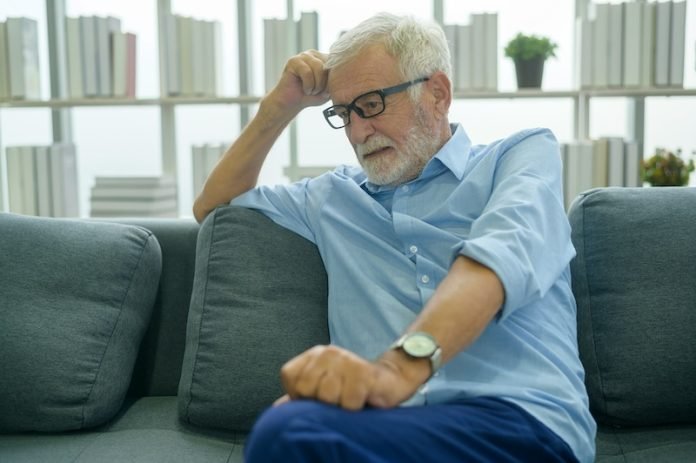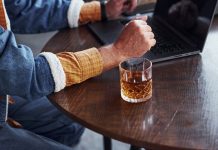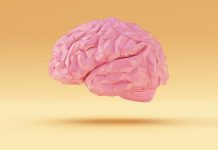
The United States is witnessing a demographic shift, with the Baby Boomer generation and those born before 1946 becoming the fastest-growing age group. By 2035, it’s expected that older adults will outnumber children.
This shift underlines the importance of focusing on prevention, not just treatment, of chronic diseases in older adults.
Sarah Francis, a professor at Iowa State University and an advocate for healthy aging, stresses the need to understand and address the specific needs of this age group to promote healthier lifestyles.
The Role of Aging Anxiety in Physical Activity
Research has shown that one’s perception of aging significantly impacts their health outcomes. Those with high aging anxiety, characterized by fears about losing independence and physical and psychological changes, tend to have poorer health outcomes.
Conversely, viewing aging positively correlates with better health and a greater likelihood of adopting beneficial lifestyle changes.
A Comprehensive Study on Aging and Physical Activity
A multistate project led by experts, including Francis, aimed to understand how aging anxiety affects physical activity.
They conducted a detailed online survey with 1,250 participants from various states, covering a range of ages and backgrounds. The survey focused on urban, suburban, and rural residents, starting from the age of 40, to grasp how aging anxiety varies with age.
A follow-up study concentrated on the responses of 178 African American participants. It revealed that fear of loss was the highest form of aging anxiety, particularly among low-income individuals and those living alone.
Interestingly, while physical activity rates were lower compared to white respondents, African American participants generally had a positive attitude towards physical activity, especially strengthening exercises.
The Link Between Physical Activity and Reduced Aging Anxiety
One key finding is the positive correlation between physical activity and reduced aging anxiety. Regular exercise, including strength training, can help older adults maintain bone mass, muscle, reduce dementia risk, and retain motor control.
This positive engagement in physical activity can contribute to a more favorable perception of aging and reduce associated anxieties.
Overcoming Barriers to Exercise in Older Adults
Many middle-aged and older adults face barriers to exercising, such as fear of injury, lack of transportation to gyms, or absence of safe exercise environments.
To address these challenges, Francis and her team are developing a virtual, community-based program delivered through Extension.
This program would include at-home physical activities and an educational component focused on healthy and protein-rich eating.
Conclusion: Tailored Approaches for Different Needs
The research underlines the importance of listening to the target audience to ensure that health messages resonate with them. As aging anxiety varies across demographics, a one-size-fits-all approach is not effective.
Tailored programs and messaging can better encourage middle-aged and older adults to embrace healthier lifestyles, thereby promoting healthy aging.
If you care about mental health, please read studies about Middle-aged women with no kids may have this mental issue and the findings of scientists find a cause of mental illnesses induced by childhood abuse.
For more information about mental health, please see recent studies about how dairy foods may influence depression risk, and results showing Omega-3 fats may help reduce depression.
The research findings can be found in Physical Activity and Health.
Copyright © 2023 Knowridge Science Report. All rights reserved.



